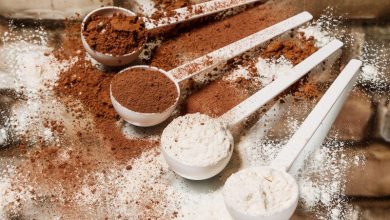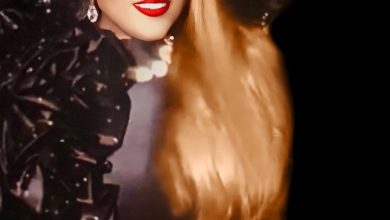Prongs & Protection: Understanding Prong Settings and How They Keep Your Diamond Secure

Prong Settings: When it comes to selecting engagement rings, one of the most crucial decisions you’ll make is how your diamond is set. Among the various settings available, prong settings are incredibly popular for their ability to showcase the diamond’s brilliance while providing necessary security. This article delves into the intricacies of prong settings and explains how they keep your precious diamond secure.
What Are Prong Settings?
Prong settings are a type of gemstone setting where small metal projections, known as prongs or claws, grip the diamond in place. Typically, four or six prongs are used to secure the stone, although settings with three, five, or even more prongs exist. The prongs can vary in style, from rounded and pointed to flat and V-shaped, each offering different aesthetics and levels of security.
The Role of Prongs in Engagement Rings
The primary function of prongs in engagement rings is to hold the diamond securely. However, their design also plays a significant role in enhancing the diamond’s visual appeal. By lifting the diamond above the band, prong settings allow more light to pass through the stone, increasing its brilliance and fire. This elevation can make the diamond appear larger and more prominent.
Types of Prong Settings
Four-Prong Settings
Four-prong settings are among the most common. They offer a balance between security and visibility, allowing ample light to reach the diamond while providing a secure hold. This setting is particularly popular for round brilliant and princess-cut diamonds.
Six-Prong Settings
Six-prong settings provide additional security compared to their four-prong counterparts. With two extra prongs, the diamond is less likely to become loose or fall out if one prong is damaged. This setting is often chosen for larger diamonds due to the added stability.
V-Prong Settings
V-prong settings are specifically designed for diamonds with pointed edges, such as marquise, pear, or heart-shaped diamonds. The V-shaped prongs cradle the diamond’s points, protecting these vulnerable areas from chipping or damage.
Shared Prong Settings
Shared prong settings are commonly used in designs featuring multiple diamonds, such as eternity bands or halo settings. In this arrangement, each prong holds adjacent stones, minimizing the amount of metal and maximizing the diamonds’ exposure to light.
Advantages of Prong Settings
Security
The foremost advantage of prong settings is the security they provide. Properly crafted prongs hold the diamond firmly, reducing the risk of it falling out. High-quality metals, such as platinum or 14k and 18k gold, are typically used for prong settings due to their strength and durability.
Light Exposure
Prong settings allow more light to enter the diamond from various angles, enhancing its brilliance and fire. This is particularly beneficial for diamonds with excellent cut grades, as the setting complements their ability to reflect light.
Versatility
Prong settings are versatile and can be adapted to suit various diamond shapes and ring designs. Whether you prefer a classic solitaire, a vintage-inspired piece, or a modern halo design, prong settings can be customized to match your style.
Maintaining Prong Settings
To ensure your prong-set diamond remains secure, regular maintenance is essential. Over time, prongs can wear down or become loose, especially if the ring is worn daily. Periodic inspections by a professional jeweler can catch potential issues early, allowing for timely repairs or adjustments. Additionally, it’s advisable to avoid exposing your ring to harsh chemicals or activities that could damage the prongs.
Conclusion
Prong settings are a timeless and practical choice for engagement rings, offering a perfect blend of security and aesthetic appeal. By understanding the various types of prong settings and their benefits, you can make an informed decision that ensures your diamond remains secure and radiant for years to come. Whether you opt for a classic four-prong solitaire or a more intricate design, the right prong setting will keep your diamond safe while allowing its natural beauty to shine.



